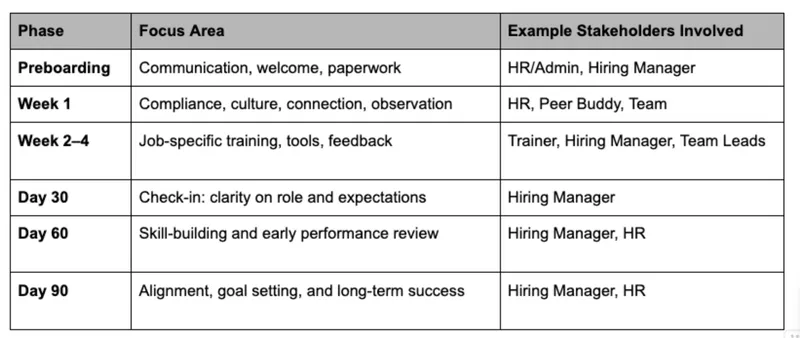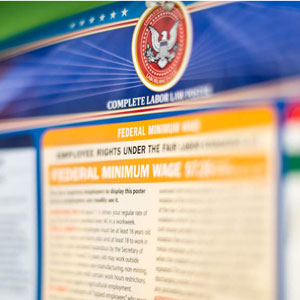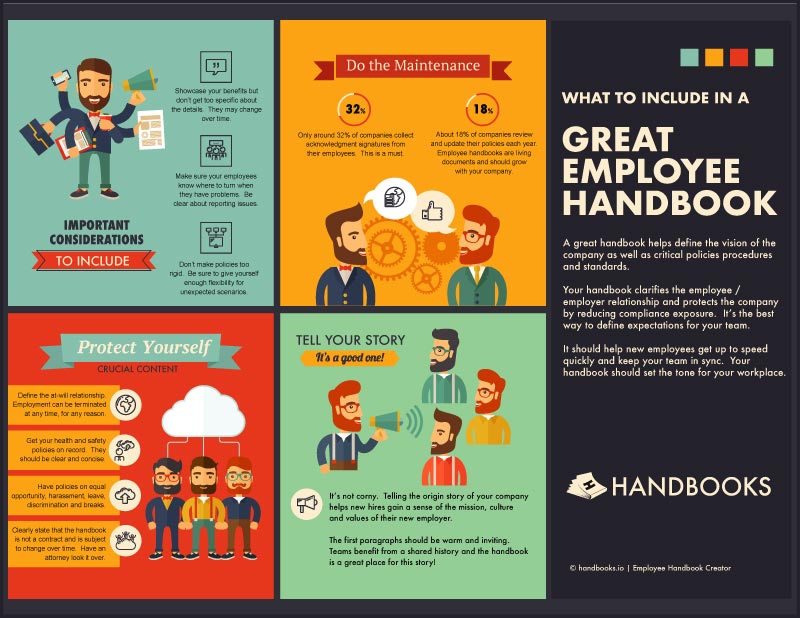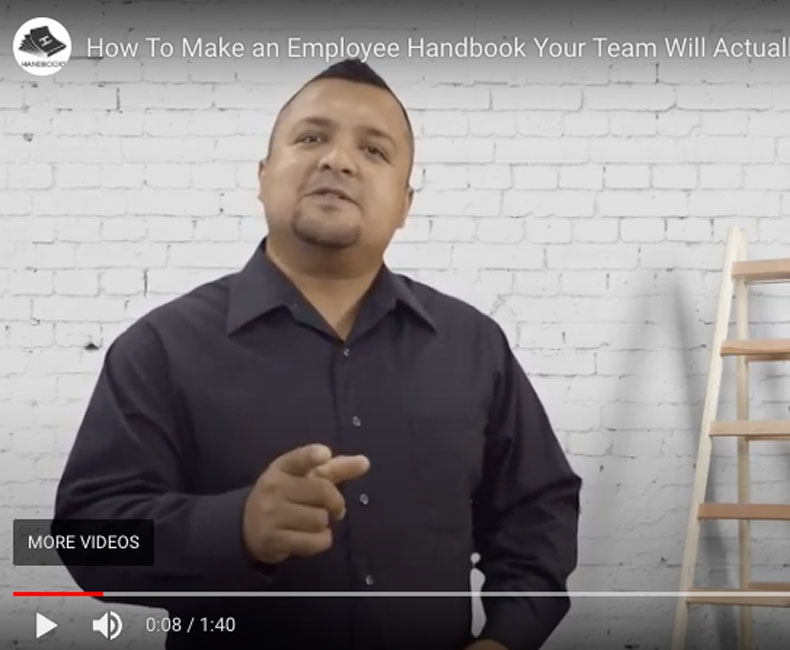
We Rolled Out a Handbook, Now What?
Part 1 of 2: Creating Clarity In Launch & Onboarding
You’ve done the hard part: gathered your policies, aligned with leadership, cleaned up outdated language, and finalized a shiny new or updated employee handbook. So now what?
The truth is, there’s still work to do. The handbook isn’t just a ‘check-the-box’ document. It is vital to your company’s culture and operations. It should be a tool for leaders, a guide for employees, and inform how work is done. Now that it is written, let’s bring it to life. Here are four steps to make that happen.
⠀
Step 1: Equip Your Leaders First
Your managers are your messengers. They carry your culture. Frontline leaders have some of the toughest jobs in any organization, so it’s important to include them in any handbook rollout. The Human Resources function should support them with training, which helps build trust. The goal is to avoid future scenarios where a manager says, “I didn’t know that was a policy,” or worse, they get it wrong. Here are some tips to equip your leaders:
Provide a 30-minute training session that includes:
- Understanding the big picture of your handbook and why it's foundational to your culture. They should be able to articulate the “why” behind the policies and not just the “what”.
- Key changes (consider a “before & after” policy chart)
- Example scenarios
- Where to go for clarification
- How to set the tone when questions or conflicts arise.
- A talking points page that summarizes the session. A common language among leaders is always a helpful tool.
Depending on your organization's size and shift complexity, you may want to record the session or offer multiple sessions and open office hours dedicated to the handbook.
⠀
Step 2: Communicate With Clarity and Intention
The rollout matters. Whether your team is 5 or 500, introduce the handbook well. Consider the following steps before rollout.
- Create a Communication Plan: Work with the leadership team to develop a plan with a timeline. Good plans typically include leadership training, in-person meetings, an email campaign, and a virtual meeting for remote employees.
- Summarize What Matters Most: Provide all employees with a clear and crisp reference document. Include the changes that affect employees most. Leave out the small details and the legal jargon. Focus on what is new, what has changed, and why it matters.
- Make it Easy to Access: Host the handbook and any accompanying documents in your shared drive, intranet, or use live link sharing and make the link readily available to all.
- Communicate the Cultural Context: Reinforce that this isn’t just a legal doc, it’s your company’s how-we-work guide. Frame it in the context of your culture, values, and behavioral expectations that will build a great workplace where teams thrive.
Pro Tip: Don’t overcomplicate it. There’s a lot you want to communicate, but make it easy to digest. One good paragraph, a bulleted list, and a link or two can do wonders.
⠀
Step 3: Keep It Alive
Policies should live in your conversations, not just your documentation. Make it part of how you lead.
- Repurpose your materials for your onboarding.
- Focus on one important change, policy, or guideline in each meeting.
- Bring it up in one-on-ones when relevant.
- Always reference policies in corrective action feedback.
- Reference the handbook on rewards and recognition. For example, list the value embodied by the behavior being recognized.
Handbooks aren’t just for HR, they’re tools for leadership and foundational to a thriving culture.
Download the free Handbook Rollout Checklist: Here’s a free handbook rollout checklist you can use to keep you organized.
Want to take your culture to the next level? Pair your handbook with a Culture Playbook (also known as a Culture Code) that highlights your values in action. These can be electronic, interactive, or on paper, and make a great companion to your handbook.
Onboarding New Employees
You rolled out your handbook, policies are clear, expectations are documented, and your culture has a framework. But if that’s where the effort stops, you’re missing a major opportunity: Onboarding.
A handbook doesn’t matter if your new hires never really connect with it. Onboarding isn’t just hiring and orientation; it's culture and job integration. A solid onboarding program paired with clear guidelines can set up a new hire for success in the long term. Studies show that strong onboarding programs positively impact both retention and performance and that poor onboarding results in increased turnover within the first 45 days.
Great onboarding builds trust and employee engagement, accelerates productivity, reinforces culture, and brings the handbook to life. Here’s how you can build an onboarding program with impact:
⠀
Step 4: Integrate It into Onboarding
One of the most important opportunities to reinforce your handbook and culture is during onboarding. A handbook doesn’t matter if your new hires never really connect with it.
Onboarding isn’t just hiring and orientation, it's culture and job integration. A solid onboarding program paired with clear guidelines can set up a new hire for long-term success. Studies show that strong onboarding programs significantly impact both retention and performance, and that poor onboarding leads to increased turnover within the first 45 days.
When done well, onboarding builds trust and engagement, accelerates productivity, reinforces culture, and brings the handbook to life.
Here’s how to build an onboarding program with impact: Start Strong, Before Day One!
Onboarding begins the moment the offer is accepted. The time between the offer and start date is a critical opportunity to demonstrate care and clarity.
Send a warm, informative welcome email with start date, location, parking, dress code, and contacts. Include a link to your digital handbook, but don’t make it homework.
Offer optional preboarding materials like a welcome packet, org chart, “how we work” summary, or a short CEO welcome video. Highlight the handbook as a helpful guide.
Avoid redundancy in paperwork and data entry. Choose tools that streamline the process.
Provide a clear first day plan, when to arrive, who they’ll meet, what to bring, and what to expect. Let them know the handbook will be part of the conversation.
✳ Let new employees know the handbook will be part of Day One conversations—not just a document, but a tool. ✳
⠀
Create a Thoughtful 90-Day Onboarding Plan
Onboarding should be intentional and cross-functional, with clear milestones. Use this as a guide:

Weave the handbook into each phase. For example, review your Code of Conduct during Week 1, and use values and policies as reference points in 30/60/90 day conversations.
⠀
Introduce Culture Intentionally From Orientation Onward
Your handbook outlines your values. Your onboarding should show them in action.
- Introduce your mission, vision, and values on Day One
- Explain how they show up in team interactions and decisions
- Connect new hires with team members who embody your culture
- Recognize early behaviors that align with your values
- Be clear about communication norms and behavioral expectations
Reference your handbook frequently when discussing PTO, performance, conduct, and recognition. This reinforces that it’s a living guide, not just a legal document.
⠀
The Big Picture
Handbooks aren’t just documents—they’re culture tools. And onboarding isn’t just orientation—it’s strategy.
When you pair your handbook with intentional leadership training, communication, reinforcement, and onboarding, you:
- Accelerate employee confidence
- Reduce misunderstandings
- Reinforce values and expectations early
- Build a culture of clarity and accountability
⠀
Need Help Building Your Onboarding Process?
I’ve created a comprehensive Onboarding Suite that includes:
- Preboarding welcome templates
- First-day checklists
- 30/60/90 day plans
- Manager guides
- Cultural onboarding exercises
These docs are ready to customize and roll out, so you don’t have to build from scratch. I’m happy to share it, please feel free to email me or visit us at www.purposedhr.com.




















